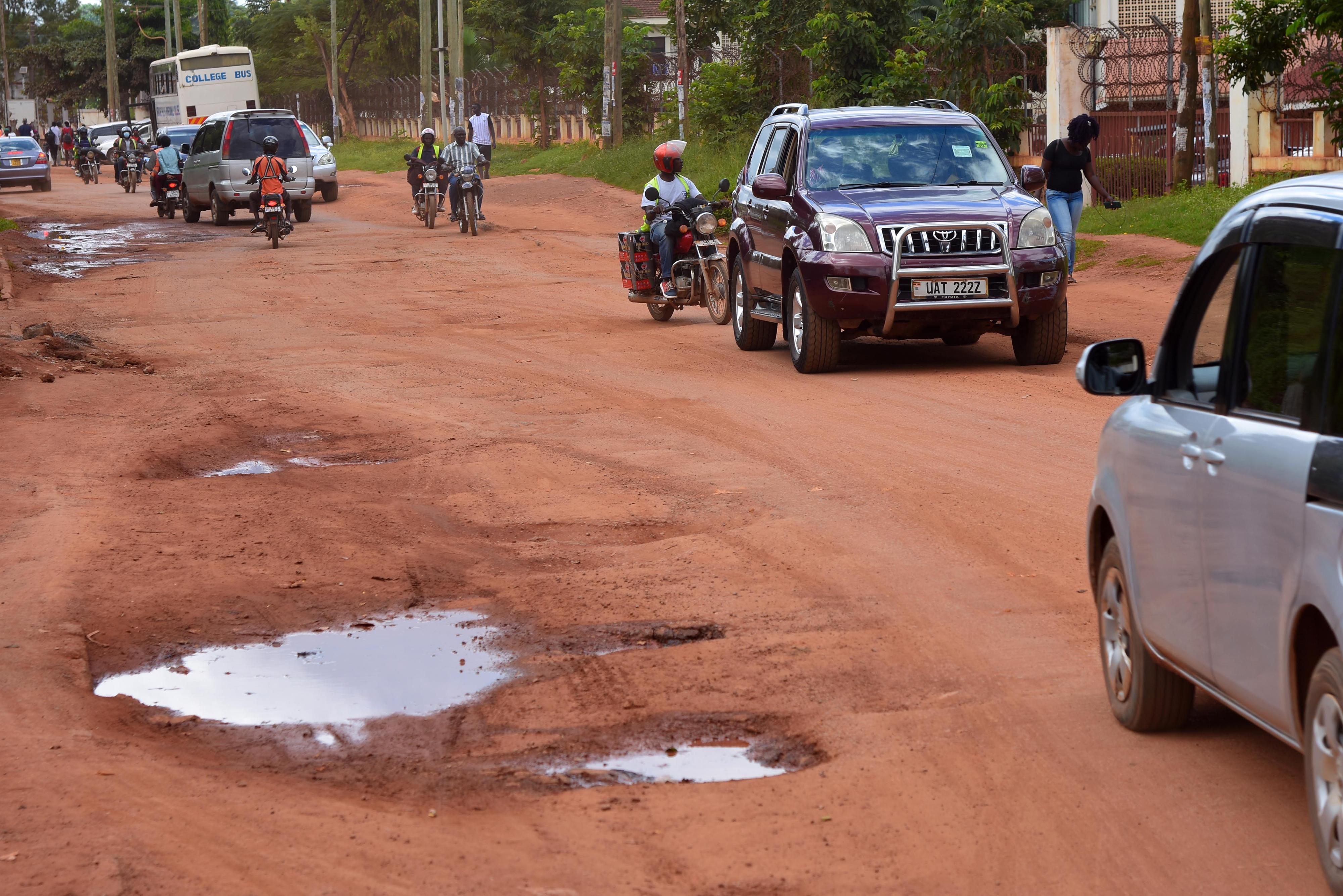Prime
Govt’s expenditure on public debt increases to Shs8 trillion

Government has previously conceded that repayment of public debt continues to put pressure on domestic revenue collections. Photo / file
What you need to know:
- Expenditure on debt servicing increased to in Shs8.3 trillion the period ended June 2023 from Shs6.7 trillion in June 2022
Government spent at least Shs8.3 trillion on debt servicing in the financial year ended June 2023, according to data from the Uganda Revenue Authority (URA).
This, URA notes, was an increase from Shs6.7 trillion spent in the financial year ended June 2022, and more than double the Shs3.7 trillion spent in the 2019/20 financial year.
In the four years to June 2023, the cost of debt servicing has increased by 44.9 percent from Shs3.7 trillion to Shs8.3 trillion, due to an upsurge in public debt, which has risen from Shs57.1 trillion to Shs96.1 trillion ($25.3b), according to data from Ministry of Finance.
In details contained in the 2022/23 URA Annual Data Book, data indicates that the Shs8.3 trillion spent on debt servicing represented at least 32.5 percent of Shs25.7 trillion collected as domestic revenue during the period.
URA further indicates that interest payments and commitment fees took the largest share of Shs5.9 trillion, of which Shs4.7 trillion was spent on domestic debt, while Shs1.2 trillion went to external debt and external debt amortisation amounted to Shs2.4 trillion.
Experts have previously warned that whereas Uganda’s debt is still within sustainable levels, the country risks entering a debt trap given that a large portion of the country’s domestic revenue now goes towards debt servicing, which limits allocation of resources to development financing.
Debt servicing currently takes the largest share of domestic revenues.
A recent public debt analysis published by the International Monetary Fund noted that each Ugandan is now indebted to a tune of Shs2.5m.
The analysis, authored by Mr Amos Sanday, a research associate at the Makerere University Economic Policy Research Centre titled: Uganda’s Public Debt Dilemma: What Lies Ahead in 2024, noted that as of June 2023, Uganda’s public debt had risen to unprecedented levels, increasing to Shs96.1 trillion ($25.3b), thus pushing up the burden of public debt for each Ugandan.
“Each of the 45 million Ugandans is now indebted to a tune of Shs2.5m. Rising public debt coupled with growing debt servicing costs, stagnating domestic tax revenues, and declining export revenues are putting Uganda in debt distress and at greater risk of a debt crisis,” Mr Sanday wrote, noting that the country faces a critical challenge as interest payments on loans now consume a significant portion of the budget and domestic revenues.
A Ministry of Finance report last month noted that government’s failure to implement some provisions under the 2018/23 Public Debt and Other Financial Liabilities Framework such as setting borrowing thresholds and interest rate control, had resulted into a downgrade of Uganda’s risk profile, with the overall risk of debt distress shifting from low to moderate.
“Fitch, a credit rating agency, has revised Uganda’s rating from B+ Stable to a negative outlook,” the report noted, adding that development partners were now closely monitoring the country’s borrowing capacity in areas such as debt management, fiscal sustainability and debt transparency.
Uganda continues to experience rapid growth in public debt due to multiple financing pressures.
Debt is expected to surpass Shs100 trillion by June 2025, given that government, under the 2024/25 Budget Framework Paper has already committed to borrow Shs13 trillion in the next financial year, which will be Shs1.5 trillion higher than the Shs11.5 trillion expected to be borrowed by the end of this financial year.
While speaking at a pre-budget dialogue recently, Finance Minister Matia Kasaija said that whereas there was an increase in funding pressures, government would not borrow indefinitely to risk the country’s sovereignty.
“Almost every Monday when Cabinet sits there are new demands for supplementary budgets. Now, I have learnt to politely keep quiet. Even when the President says Kasaija find money for this … I say yes, but I don’t do anything because there is no money and I will not borrow indefinitely,” he said.
Debt trap
Data indicates that as of June 2019, Uganda’s public debt stood at 34.6 percent of gross domestic product but has surged to above 50 percent and is projected to further increase to about 53 percent in the current financial year, which is above the IMF-recommended threshold of 50 percent for low-income countries.
Financing pressures have also resulted from a drop in aid, budget support, and development assistance from development partners, which has pushed government into acquiring expensive loans.
Thus, Mr Sanday wrote that rising public debt has led to growing public anxieties and sparked concerns about potential sovereign default and a debt crisis if the current trend is not promptly addressed.
High public debt, Mr Sanday recently warned, has the potential to hamper economic growth and curtail public and private investment, given that resources are diverted from critical and priority sectors of the economy to servicing debt.
“If current public debt trends are not controlled, debt financing turbulences could emerge in 2024. Evidence suggests that Uganda may become caught up in a “public debt safety trap,” he said.
Debt Servicing
Item | Value |
Interest payments & commitment fees | Shs5.9 trillion |
Domestic (interest) | Shs4.7 trillion |
Foreign and commitment fees | Shs1.2 trillion |
External debtamortisation | Shs2.4 trillion |
Total debt service | Shs8.3 trillion |





